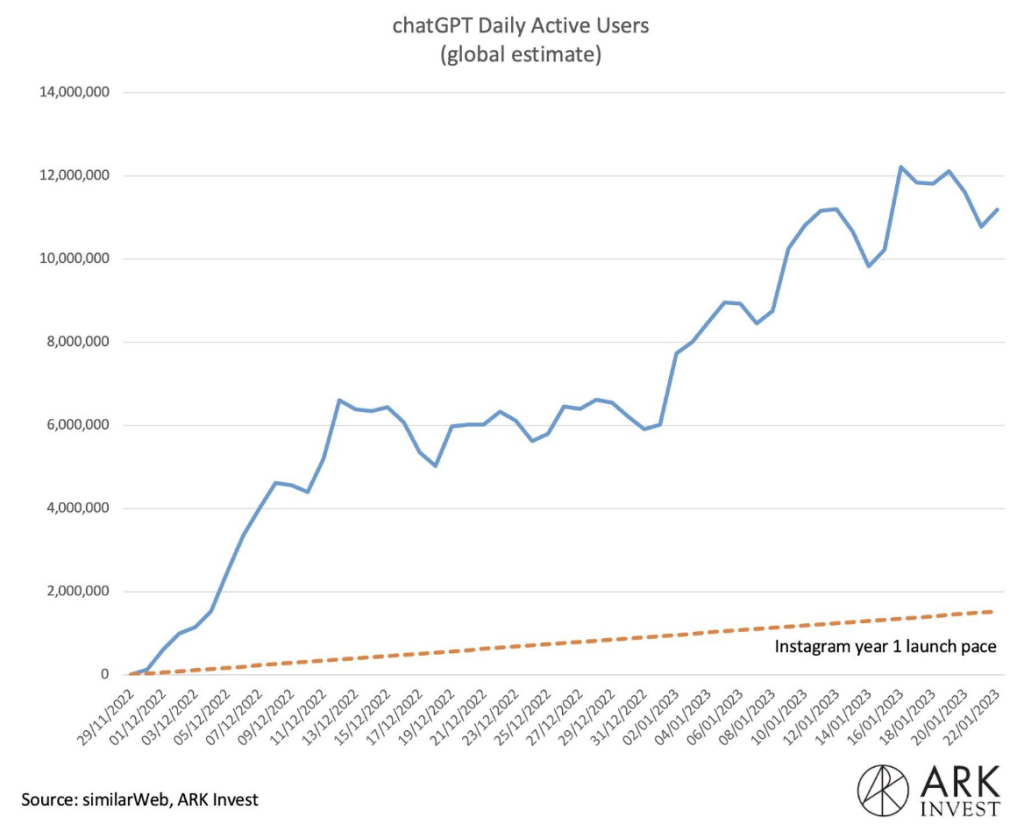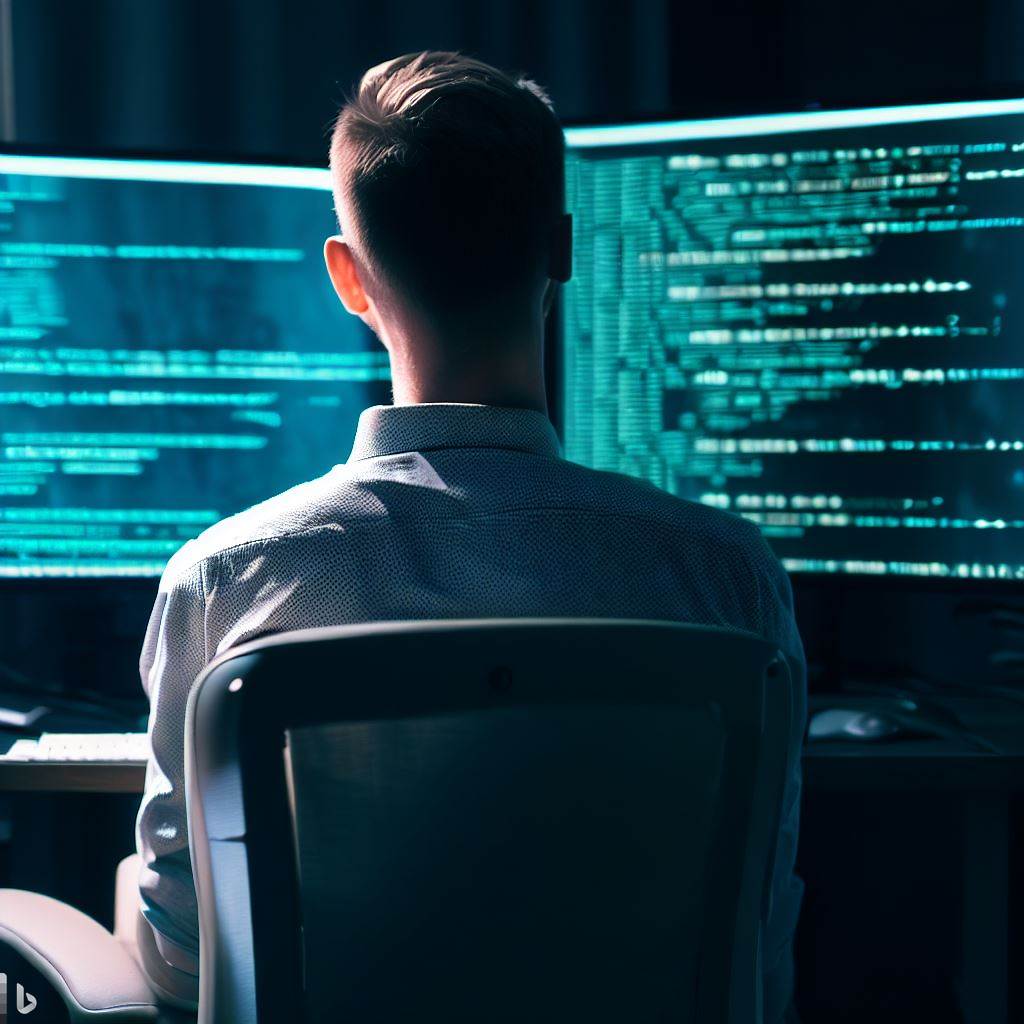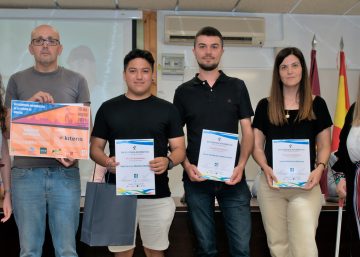In this first article of a series of four, we will explore the impact of new GPT language models on AI in the IT sector and specifically on software development. At Kiteris, as providers of AMS (Application Management Services), we are constantly looking for ways to improve our processes and services. In this search for innovation, we have decided to plunge into research on solutions based on ChatGPT 4 and other similar AI models to enhance our AMS services.
The Revolution of ChatGPT 4 in AI and Software Development
The advent of ChatGPT 4 has marked a revolution in interaction with artificial intelligence.
As a CTO, I am excited about the new possibilities that this language model brings to the IT sector. ChatGPT AI is redefining how we approach projects, which will allow us to streamline both development and maintenance of applications in the near future.

Parallels between ChatGPT AI revolution with Industrial Revolution
The industrial revolution and the revolution driven by ChatGPT artificial intelligence share notable similarities. Both have transformed society and our relationship with technology. Just as automated machinery and mass production revolutionised the industrial era, ChatGPT 4 artificial intelligence is automating cognitive tasks and improving efficiency in various fields, including software development in the IT sector. However, they also pose similar challenges in terms of specialised skills and adaptability.
Employment Generation in the Era of ChatGPT AI
Contrary to common belief, the industrial revolution did not lead to a decrease in employment but significantly increased the number of jobs. Similarly, it is expected that the ChatGPT AI revolution will also lead to an increase in employment, creating new opportunities in areas such as AI system programming, data management, cybersecurity, and algorithm development, among others. While some tasks may be automated, this will free up workers to focus on more creative and value-added activities. In fact, the emergence of new profiles, such as the “Prompt Engineer,” demonstrates how specialised skills will continue to be highly demanded in this new technological paradigm.
What is ChatGPT? How does it work:
ChatGPT is capable of composing songs imitating the style of a musical group, writing poems, drafting a legal contract adhering to the laws of a particular country… all in an original way. In other words, you won’t find what it shows you on the internet or any other source; these are all original responses. ChatGPT has learned from all data obtained from various sources, but these have been models of inspiration, not imitation.
How is this possible? How can its information assimilation processes and use thereof resemble those of a human?
To develop a cognitive system like ChatGPT reproduces, various new techniques have been developed or existing ones implemented and refined. These would be:
Machine Learning:
Machine learning through neural networks seeks patterns through hundreds of thousands of example cases for each particular case. This means that, to compose poems, GPT has been trained by reading all the existing free literature until the end of its initial training in 2021. To assimilate all this data, the process had to be optimised through a mechanism called Transformers, which allowed for a transition from sequential learning to parallel learning.
Token Embedding:
Sometimes we have a word on the tip of our tongue, or we can’t remember an exact term, so what do we do? We use a synonym. ChatGPT assigns a number, a token to each word, and after conducting a cross calculation of synonyms and contexts, ChatGPT classifies these tokens based on those parameters by storing them with a matrix of relationships among tokens in the form of a 3D tree index for quick access when a term is required under a specific context.
Lemmatization:
AI mimics our concept assimilation system. When we study using a book as aid, we typically don’t learn its content literally word by word but we underline to focus on what’s important, and our brain retains the essential information. For example, from the text “The year 1492 is considered the beginning of the Renaissance coinciding with the discovery of America by Christopher Columbus,” our brain would retain concepts like ‘Renaissance,’ ‘1492,’ ‘Discovery,’ ‘America,’ ‘Columbus.’
And this mechanism of data insertion into the hippocampus that humans possess is replicated in the GPT model. So when ChatGPT reads a text, it truly grasps the important concepts, making it almost certain that when asked to write any text, it will be completely original and not plagiarised.
Sampling:
This is the creativity part, where muses are entirely defined by randomness and a random result function. For example, when you ask it to write a poem about the sea, the system must search for links in the 3D tree with tokens related to the sea and randomly choose one among them and bring its nearby links and randomly choose again until completing the poem.
Coming Advances in ChatGPT 4 AI
In the upcoming articles, we will explore whether GPT AI can fully or partially perform the work of a software developer, which professions may be affected, and what new job opportunities will arise. We will also analyse the possibilities offered by OpenAI’s APIs and the testing of connections with Azure-GPT 4, as well as the use of Tensor Cores in graphics cards for advanced GPT projects in local environments.
Conclusion on the future of AI ChatGPT 4 and the IT sector
The revolution of ChatGPT 4 is underway, and its impact on the IT sector, especially in software development, will be significant. We are excited to continue exploring how this innovation will transform our work and improve our AMS services at Kiteris.
Don’t forget to participate in the challenge of guessing which paragraphs were written by ChatGPT 4 and which ones by me. Until the next article!
😉.

















